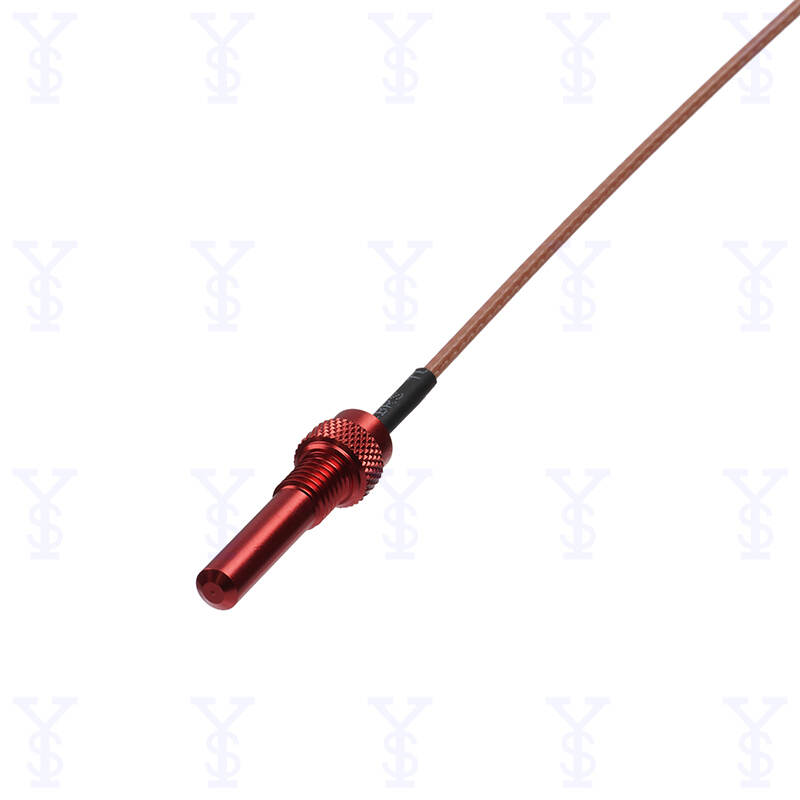6-20 个字符(仅限字母加数字)
密码不一致


Applications of KTY Temperature Sensors in the Automotive Industry
The automotive industry has witnessed tremendous advancements in technology over the years. Temperature control and monitoring is critical for the optimal performance of vehicles, ensuring the safety and comfort of passengers. One key component that plays a vital role in temperature measurement is the KTY temperature sensor. In this blog post, we will explore the various applications of KTY temperature sensors in the automotive industry, highlighting their significance and benefits.
1. Engine Temperature Monitoring
The engine is the heart of any vehicle, and its temperature needs to be closely monitored to prevent overheating or excessive cooling. KTY temperature sensors are widely used in automotive engines to measure the temperature of coolant fluids, lubricants, and other critical components. These sensors help in maintaining the engine's operating temperature within a safe range, improving performance and preventing damage.
2. HVAC Systems
Heating, ventilation, and air conditioning (HVAC) systems are crucial to provide a comfortable cabin environment for both drivers and passengers. KTY temperature sensors are utilized in HVAC systems to measure the temperature of incoming and outgoing air. This information is used to control the temperature, adjust fan speed, and regulate the flow of air, ensuring optimal climate control within the vehicle.
3. Battery Management
Electric and hybrid vehicles require careful monitoring of battery temperatures to ensure their efficient operation and longevity. KTY temperature sensors are often integrated into the battery management system to monitor and regulate the temperature of the batteries. By detecting any abnormal temperature rise or drop, these sensors enable efficient cooling or heating systems to maintain the optimal temperature range for battery performance and safety.
4. Exhaust Gas Systems
Exhaust gas systems play a crucial role in reducing emissions and optimizing fuel efficiency in vehicles. KTY temperature sensors are employed in exhaust gas systems to measure the temperature of the gases, allowing for effective control of exhaust gas recirculation (EGR) systems and catalytic converters. These sensors enable the engine control unit (ECU) to optimize fuel injection and combustion processes, reducing emissions and improving overall engine efficiency.
5. Transmission and Oil Cooling Systems
Transmission and oil cooling systems are integral to prevent overheating and ensure the smooth operation of vehicles. KTY temperature sensors are utilized in these systems to monitor the temperature of transmission fluids and engine oils. By providing accurate temperature readings, these sensors enable the control systems to activate cooling mechanisms, such as fans or oil coolers, to maintain optimal operating temperatures and extend the lifespan of these vital components.

More and More Versatile Applications of KTY Temperature Sensors in the Automotive Industry
The applications of KTY temperature sensors in the automotive industry are diverse and critical for ensuring the performance, comfort, and safety of vehicles. From engine temperature monitoring to HVAC systems, battery management, exhaust gas systems, and transmission and oil cooling systems, these sensors play a pivotal role in maintaining optimal temperatures and preventing damage or inefficiencies. With ongoing advancements in automotive technology, the demand for reliable and accurate temperature sensors like KTY sensors will only continue to grow.
By integrating KTY temperature sensors into various components and systems, automotive manufacturers can enhance the overall performance, fuel efficiency, and environmental friendliness of their vehicles. These sensors enable precise temperature control, contributing to better compliance with emission standards, improved reliability, and overall customer satisfaction. As the automotive industry progresses towards electric and autonomous vehicles, the role of temperature sensors like KTY sensors will become even more crucial in ensuring safe and efficient operation.

